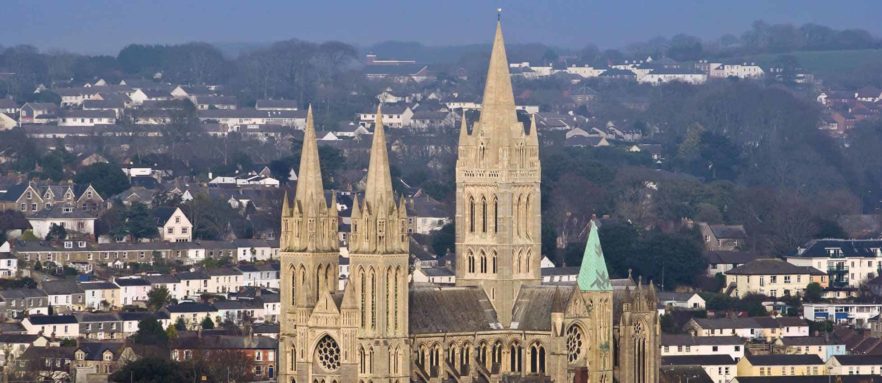What is a cathedral? What is the difference between a church and a cathedral? And what is the definition of cathedral.
(More of your cathedral related Frequently Asked Questions here).
A cathedral is the seat of the bishop and a centre of worship and mission. The primary purpose of a cathedral is to be a place of Christian worship but it is also often the oldest building in continuous use in its surrounding area and of significance to the heritage, culture and community life of the area it serves.
- Cathedrals are the mother churches of their dioceses and act as focal points for services and celebrations for those worshipping in churches throughout the diocese.
- 38 out of 42 cathedrals are Grade I listed. Cathedrals are the oldest buildings in continuous use in their environments. They are complicated both archaeologically and architecturally. They are unique and priceless heritage assets.
- Cathedrals are open 365 days a year. They are open in times of national crisis and celebration and act as focal points in their communities. They provide unthreatening spiritual spaces for people.
- Cathedrals are often the largest buildings available for public use for some distance and act as venues for concerts, lectures, degree ceremonies and other such events.
- The cathedrals of England make a significant contribution to the life of the nation. Their social and economic impact was shown in research conducted in 2014. This showed that cathedrals were responsible for direct visitor-related spend of £125 million and for a total spend of £220 million, significant economic outcomes for the surrounding areas.
- Cathedrals offer facilities for visits by schools. Most cathedrals employ education officers who work within national curriculum guidelines to provide tours, trails and workshops which supplement classroom learning. The topics covered relate to religious education and history but also to a wide variety of other subjects – cathedrals are immensely rich learning resources.
- Cathedrals also offer opportunities for adult learning, providing guided tours for groups and openings to develop skills through volunteering. Very significant numbers of volunteers assist in keeping cathedrals open for the public to enjoy.
- Cathedrals are the main sustainers of the English Choral tradition, running choirs involving adults and children, both boys and girls. The English Choral tradition is a unique part of English culture but one which has suffered decline in recent years as choirs in parish churches have become less common. Cathedrals maintain the tradition and produce music of very high standard week in, week out. For those participating, cathedral music is a unique educational experience; singing as part of a professional team develops many transferable skills. The majority of cathedrals now have girls’ choirs as well as the more traditional boys’ choirs.
- Cathedral workshops employ a large proportion of the nation’s craftsmen with conservation skills, including stonemasons, carpenters, and stained glass specialists. Cathedrals have a very significant role in ensuring the continuity of conservation skills and in educating new craftsmen. Cathedrals work with both English Heritage and the National Skills Council to ensure that there are training opportunities for those interested in careers in conservation.
Now you know what a cathedral is, why not find out about each of them in our Cathedral A – Z by clicking here >
